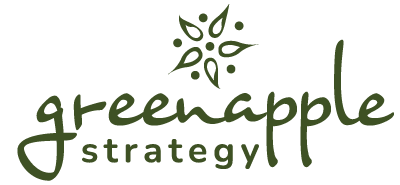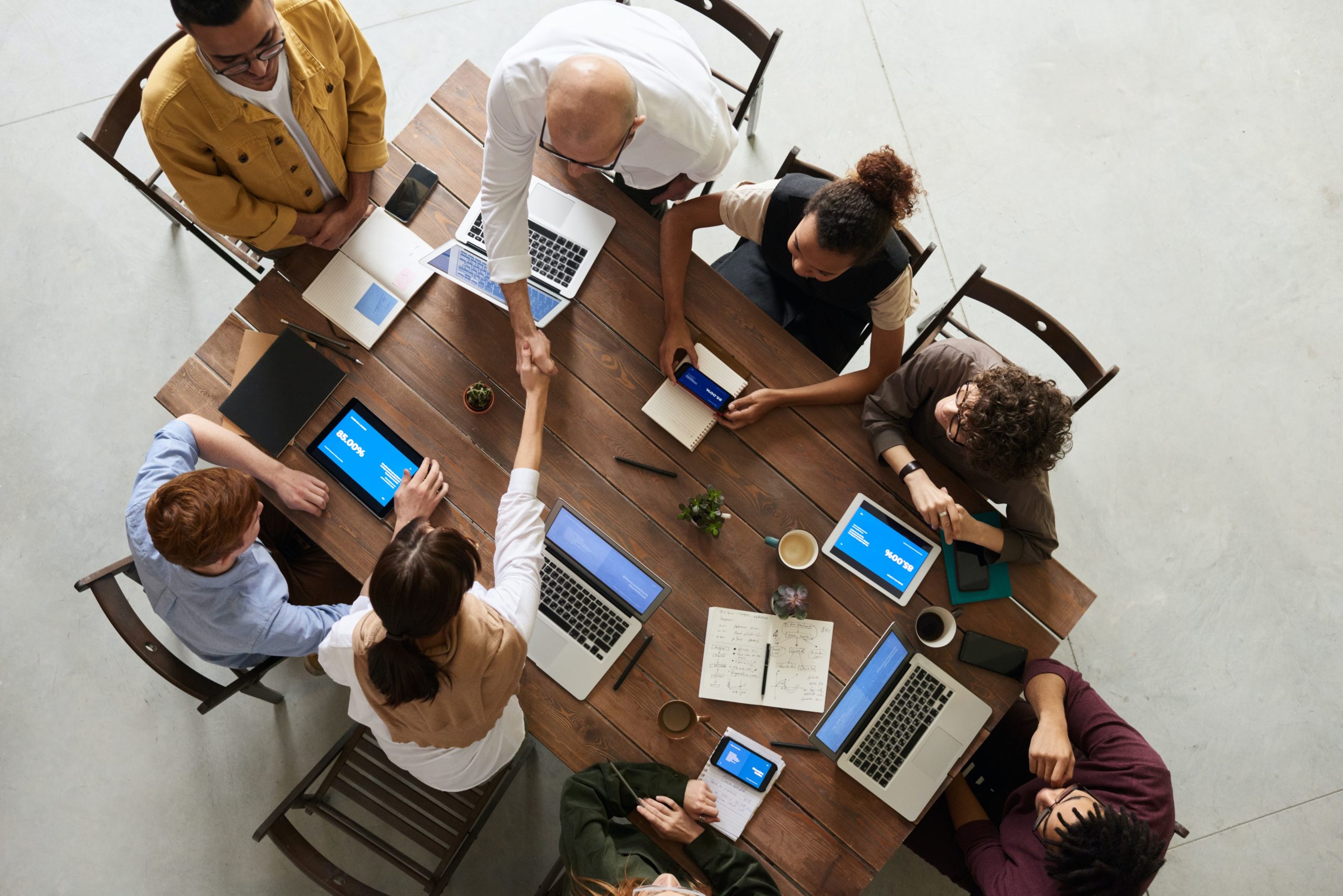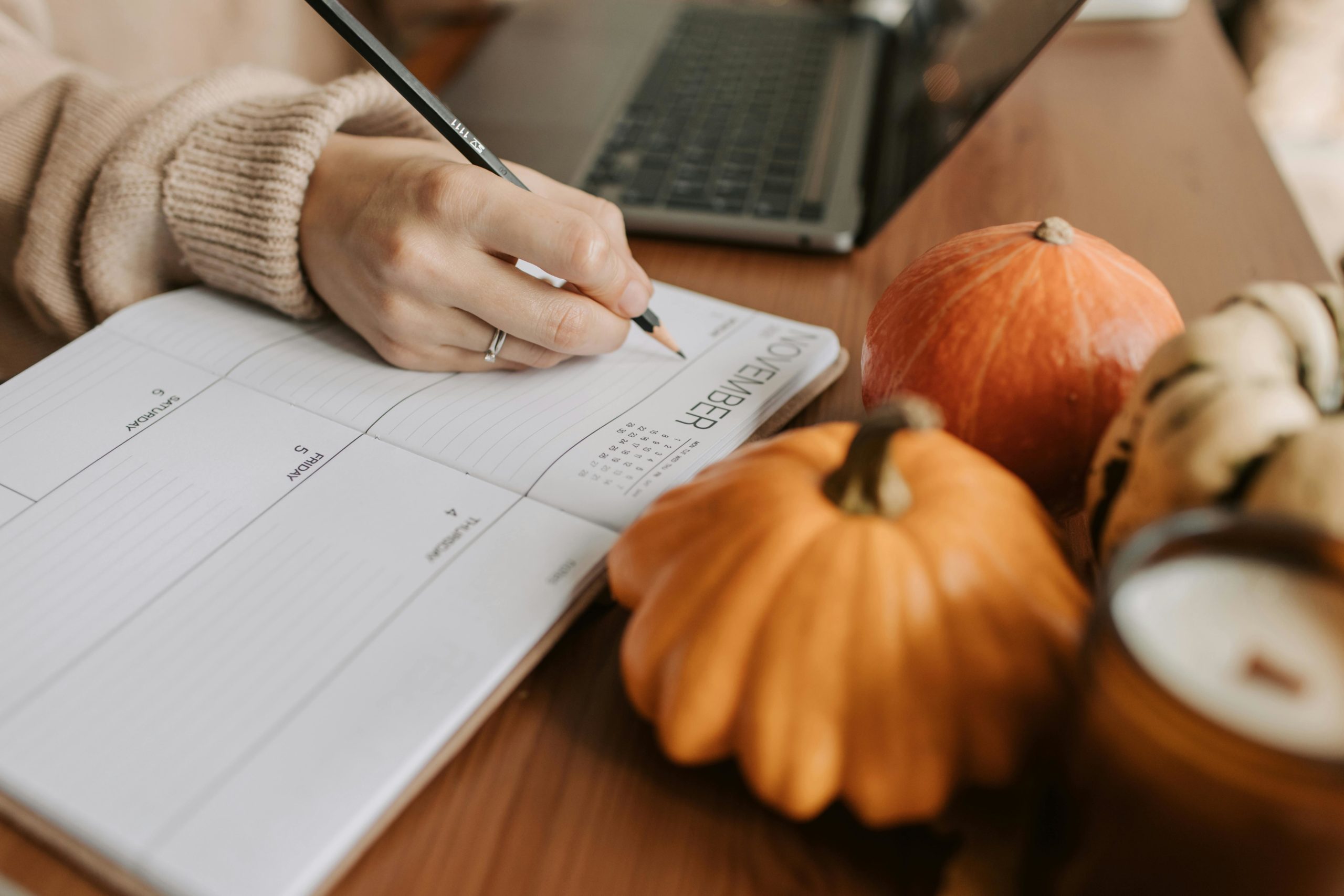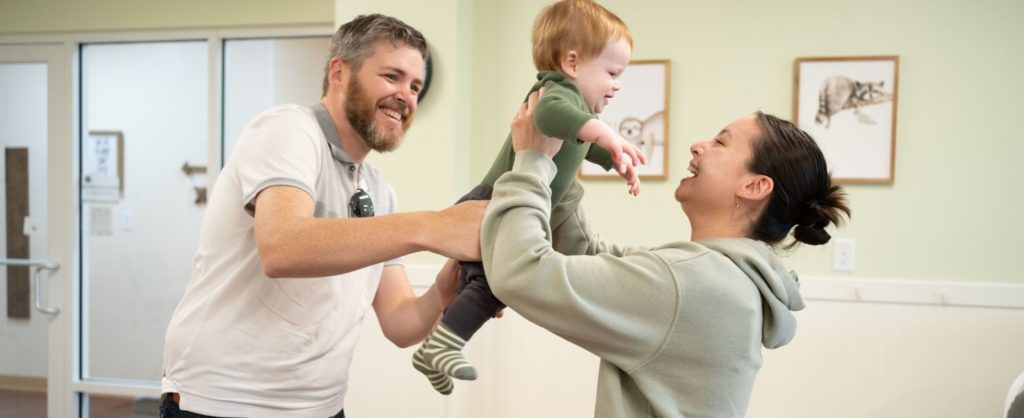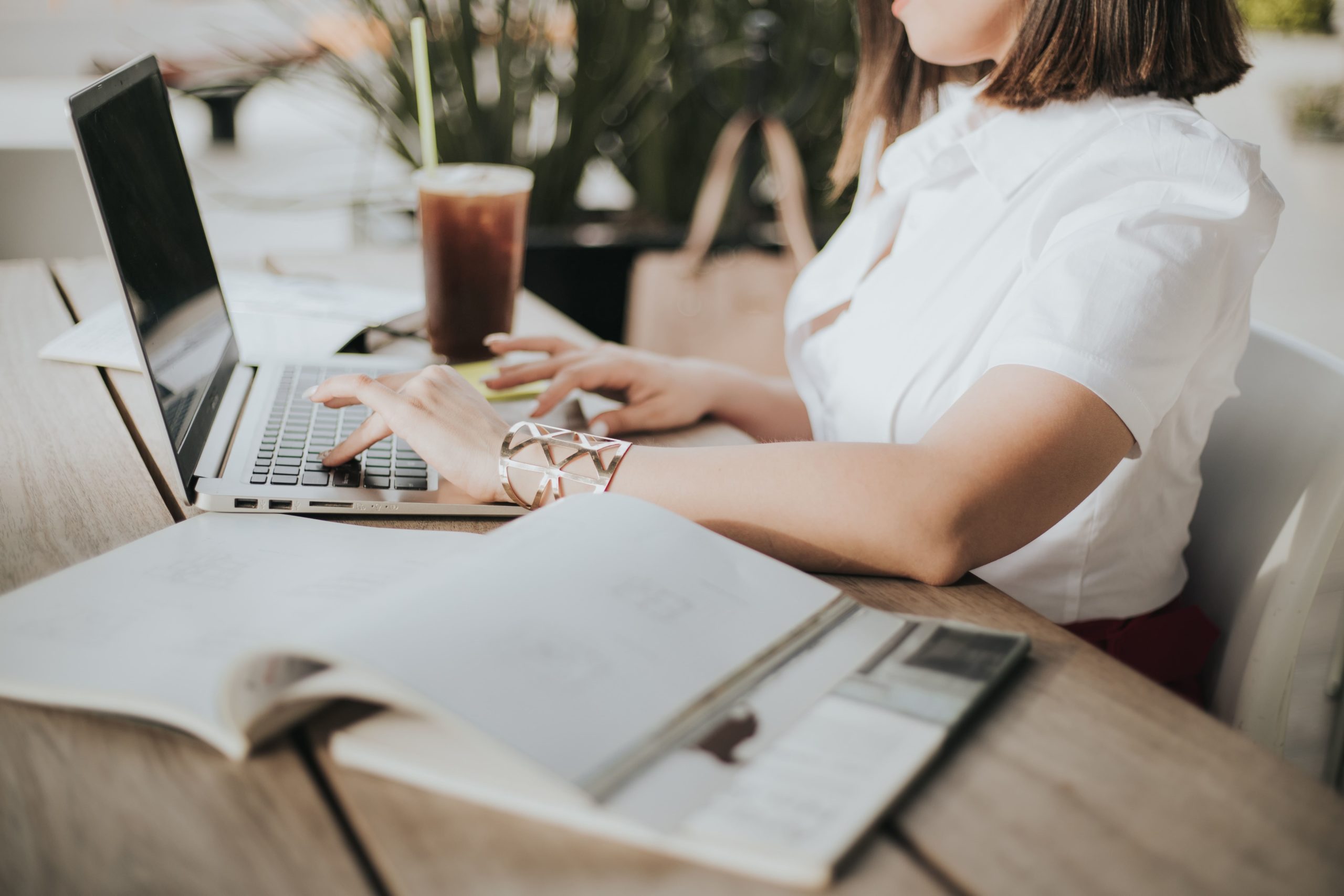From Strategy to Execution (Part One of Two-Part Series)
Creating a marketing strategy is a lot of work. After hours of research, brainstorms, and approvals, you finally have a blueprint for your brand’s future. Then comes the real test: getting it off the page and into motion.
For small to mid-size businesses, especially those with lean marketing teams, this is a very real problem. A strategy that doesn’t translate into real-world action and impact your bottom line is just a pretty document.
At Green Apple Strategy, we believe the true test of a marketing plan isn’t in its creation. It’s in its activation. We’ve helped dozens of small and mid-size businesses create marketing strategies that stick. We’ve put together this practical checklist of must-do activities to set your strategy in motion during the first three months.
Your Marketing Strategy Activation Checklist
Our 90-day checklist is a list of 10 essential activities to help you activate your marketing strategy:
1. Host a Strategy Kickoff with Key Stakeholders
Don’t just email your plan out and hope everyone reads it. Bring people together. Walk through your goals, highlight the “why” behind your approach, and confirm how your marketing strategy will support broader business priorities.
Pro tip: keep it collaborative. Ask sales, operations, or leadership where they see marketing having the biggest impact this quarter.
2. Clarify Roles and Responsibilities
Nothing derails execution faster than the “who’s doing what?” question. Before you launch anything, make sure every task has a clear owner to prevent confusion and inaction. Even if your marketing team is just one or two people, clarify where outside partners, freelancers, or leadership will need to be brought in.
3. Establish Your Execution Engine
Don’t let the details derail you. Set up a project management system for your marketing campaigns. You can use a tool like Airtable, Basecamp, Asana, or Trello to track tasks, assign deadlines, and manage communication. A solid system for the daily grind ensures your plan keeps moving forward.
4. Create a 90-day Roadmap
Annual plans can feel overwhelming, so separate yours into bite-sized quarterly milestones. What needs to happen this quarter to set you up for long-term success? Breaking your plan into 90-day sprints will make it more achievable and keep your team motivated.
5. Launch Your First Campaign
Early wins build confidence and buy-in. Identify one initiative that can generate noticeable results quickly and allow you to present meaningful marketing results to your leadership team. It could be a customer re-engagement email series or a social campaign tied to an upcoming event. When leadership sees progress fast, it builds trust in the bigger plan.
6. Align Content with the Buyer’s Journey
Don’t just churn out random blogs. Map your content calendar to the actual questions prospects ask at each stage of the buying cycle. That way, your first wave of content can support sales conversations directly.
7. Sync Marketing with Sales and Operations
Marketing doesn’t exist in a vacuum. Building alignment between sales and marketing upfront saves frustration and ensures your efforts translate into measurable business results.
The best campaigns only succeed when they align with the people responsible for selling your products and delivering your services. Use the first 90 days to check in with sales and operations. Does your sales team have updated collateral and messaging? Can operations deliver on the promises marketing is making?
8. Set Up Measurement Systems
You can’t prove impact without tracking results. First, determine what metrics matter most to your C-level leaders (hint: leadership cares about revenue, retention, and reputation). Next, make sure you have dashboards and reports in place so you can measure progress and adjust quickly.
9. Refine and Optimize Your Plan
Based on the data and feedback you’ve gathered, make a few key adjustments. Maybe a specific channel is over-performing and deserves more budget. Maybe a certain type of content is working better than you thought. By refining your plan, you ensure you’re making smart, data-driven decisions that will help your business grow.
10. Plan for Your Next Pivot
Markets shift. New ideas emerge. A new product might get fast-tracked. Your plan needs to be flexible. Hold a strategy session to review your progress and plan to pivot if needed. Flexibility ensures you can adapt without a complete derailment.
Still in the Marketing Planning Phase? We’ve Got Your Back.
If you’re still in the process of building your marketing strategy, don’t worry—we’ve got a few resources that can help you lay the groundwork. These guides are perfect for getting your plan in shape before you move into the activation phase.
- Blog Post: How to Create a Marketing Strategy That Actually Gets Used
- Blog Post: Stop Guessing. Start Planning: 5 Questions for Your 2026 Marketing Strategy
- Checklist: The Essential Checklist for Effective Marketing Planning
Wrapping It Up: From Strategy to Momentum
A strong marketing strategy is the foundation for growth, but it only changes things if you put it into motion. The first 90 days set the tone for how your plan will perform for the rest of the year. By focusing on alignment, clarity, and consistent execution, you’ll create the momentum needed to see real results.
At Green Apple, we believe the first 90 days are a critical window for turning plans into action. If you’d like a partner to help you build a roadmap for growth and activate your strategy, our team is here to guide you every step of the way.
Contact us today to learn more about our strategic planning services.
